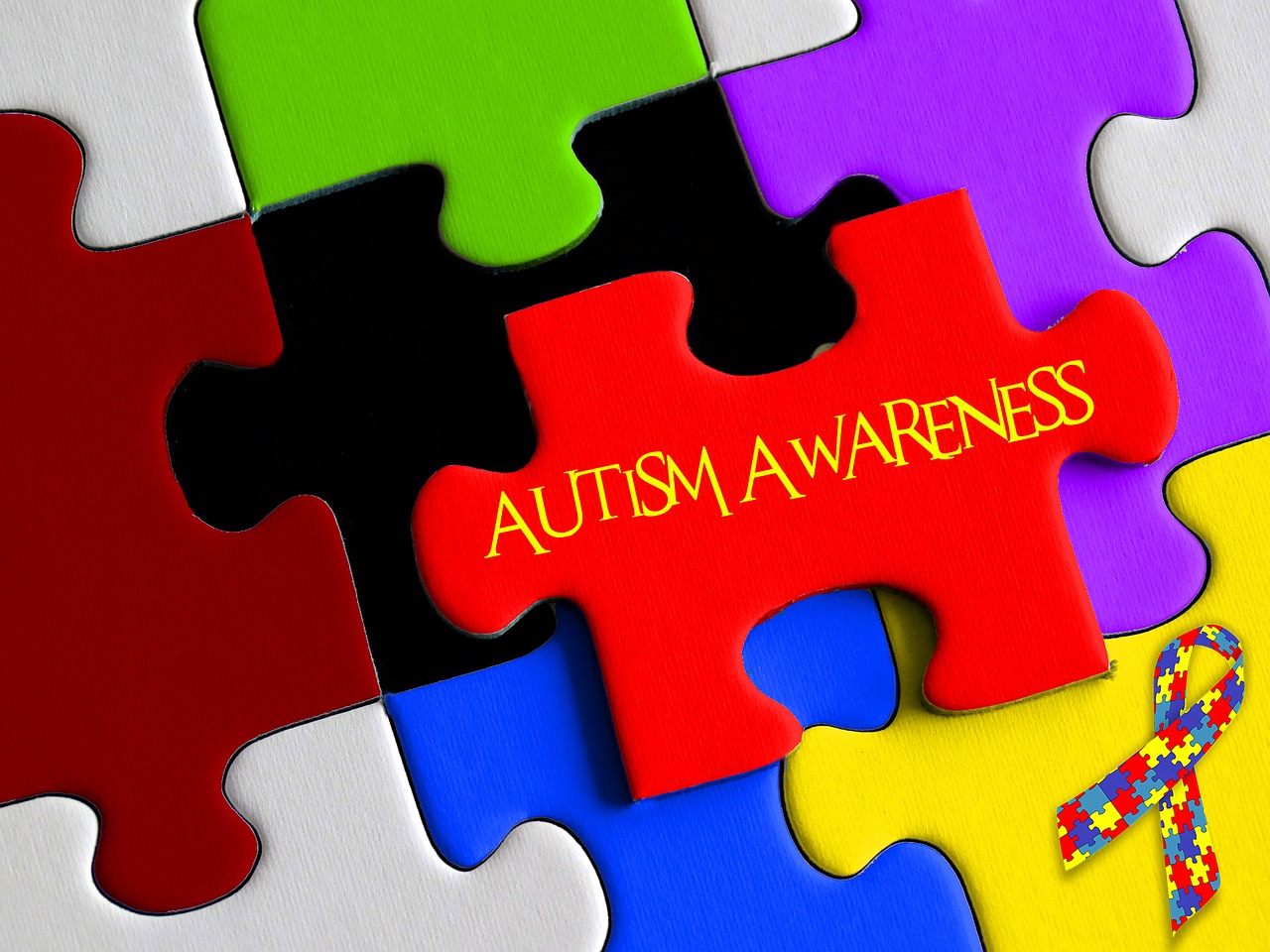According to the Centers for Disease Control and Prevention (CDC), 1 in 68 children has been diagnosed with Autism Spectrum Disorder. Autism is almost 4.5 times more common among boys (1 in 42) than girls (1 in 189). This neurodevelopmental disorder typically appears in children before the age of 3. While there is no cure for Autism, children make significant gains socially, emotionally, and cognitively through early intervention programs and treatment that targets some of the core symptoms of the disease.
The DSM-5 Criteria: Autism Spectrum Disorder (ASD)
Symptoms must be present in the early developmental period though they may not fully manifest until social demands exceed a child’s limited capacity. Symptoms negatively impact social, educational, and work functioning.
Persistent deficits in social communication and social interaction as manifested by:
- lack of social-emotional reciprocity – difficulty sharing interests, emotions, or affect which is the physical manifestation of one’s emotions/facial expressions; failure to initiate or respond to social interactions; absence of normal back-and-forth conversation (social and emotional reciprocity)
- deficits in nonverbal communication – poor eye contact; minimal use of gestures; awkward body movements or posturing; lack of facial expressions; infrequent physical touch/affection; trouble maintaining appropriate personal space
- deficits in developing, maintain, and understanding relationships – difficulty adjusting behavior to suit various social contexts; lack of imaginary play; trouble making friends or even a complete lack of interest in peers
Restricted, repetitive patterns of behavior, interests, or activities:
- stereotyped or repetitive motor movements, use of objects, or speech – lining up toys, idiosyncratic phrases, echolalia (repetition of verbalizations where a child repeats or imitates what someone else says such as quoting lines from a movie)
- insistence on sameness, inflexible adherence to routines, or ritualized patterns of verbal or nonverbal behavior
- highly restricted, fixated interests that are abnormal in intensity or focus such as a child who hyper-focuses on the Star Wars movie series
- hyper- or hyporeactivity to sensory input or unusual interest in sensory aspects of the environment such as a child who responds very negatively to socks or shoes, one who is visually fascinated by lights or movement, or one who smells or touches objects repetitively
What to Know
1) Most signs of autism appear between 2 to 3 years of age though some show up earlier. Some of the early signs that would indicate a child needs further evaluation for a possible Autism diagnosis include absence of a social smile or minimal eye contact by 6 months of age, no babbling or use of hand gestures to communicate such as pointing, waving, or reaching by 12 months of age, infant does not respond to his or her name being called by 12 months of age, or no spoken words by 16 months of age.
2) In older children, other possible signs of Autism include difficulty understanding other people’s feeling; delayed language development; repeating words or phrases over and over again (echolalia); repetitive behaviors such as hand flapping, rocking, or spinning; unusual and intense reactions to certain smells, sounds, textures, or colors; or, lack of interest in making friends or prefers to be alone among others.
3) Over 60% of children with Autism Spectrum Disorder have an intellectual disability.
4) The Modified Checklist for Autism (M-CHAT) is a developmental screening tool completed in toddlers between 16 and 30 months of age that many pediatricians and family practice physicians use to identify children who may be at risk for developing Autism.
5) The Autism Diagnostic Observation Schedule (ADOS-2) and Autism Diagnostic Interview-Revised (ADI-R) are two instruments used in the diagnosis and assessment of Autism Spectrum Disorder.
6) There is no one cause of Autism, and over 100 Autism risk genes have been identified to date.
7) Many medical conditions have a similar presentation to Autism. Thus, a comprehensive medical evaluation is critical to rule in or rule out the possibility of another disease process that might present similarly. Such an assessment includes a physical examination, hearing screening, genetic testing to look for Fragile X Syndrome and Downs Syndrome, and a Wood’s lamp examination for signs of Tuberous Sclerosus which is a genetic disorder that causes benign (noncancerous) tumors to grow in multiple parts of the body. Other tests such as an EEG, bloodwork, or brain imaging are also helpful when the physical examination suggests the possibility of other diseases.
8) Children with ASD need an educational assessment to detect co-morbid learning disorders or developmental delays that, in turn, informs the educational approach implemented by an early intervention program or school system.
9) There are only 2 psychotropic medications that have been approved by the Food and Drug Administration for use in children with ASD. These 2 medications are Risperdal and Abilify which specific target irritability, tantrums, and physically aggressive behavior in Autism. Many other medication classes are commonly used to target specific symptom domains in youth with ASD. Physicians often use stimulants for attentional issues and hyperactive and impulsive behaviors and SSRIs for mood and anxiety symptoms or repetitive behaviors.
10) There are several different types of therapies touted to ameliorate the signs and symptoms of Autism Spectrum Disorder such as neurofeedback, Secretin, B vitamins, specific diets, Omega 3 fatty acids, and enhanced neurocognitive programs but none have been definitively shown to work.
11) Although controversial, research demonstrates that vaccines do not cause Autism Spectrum Disorder though this debate still rages on in many circles.

